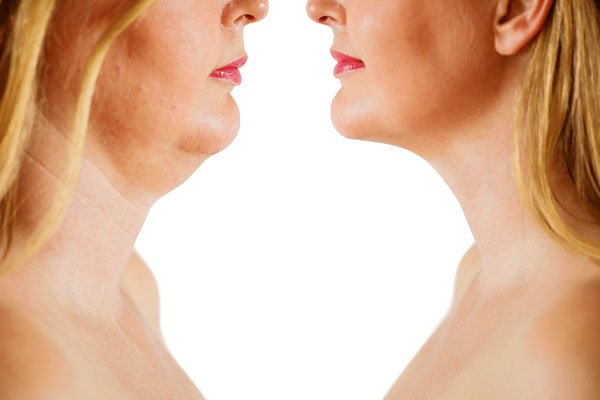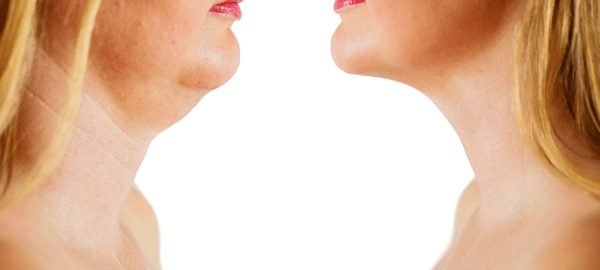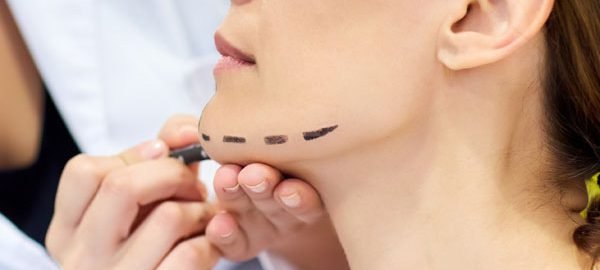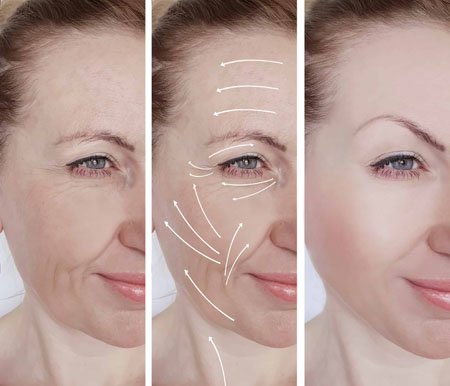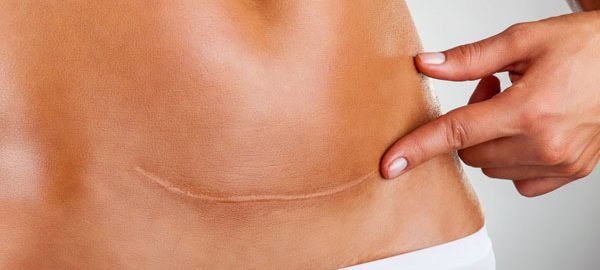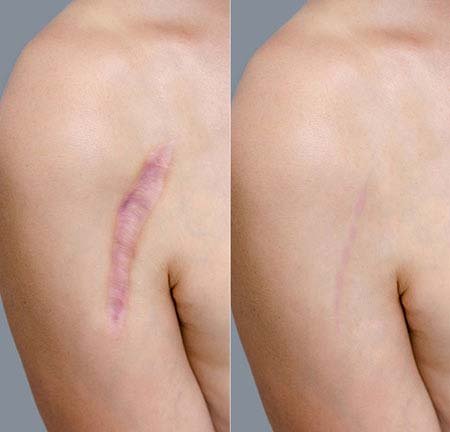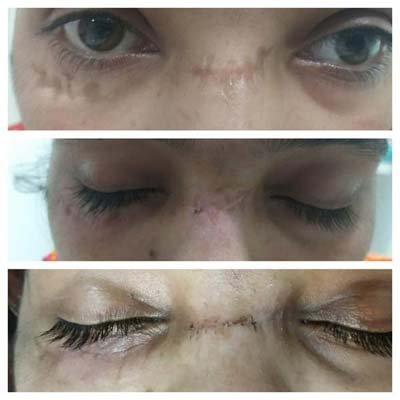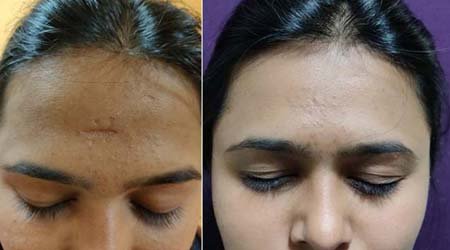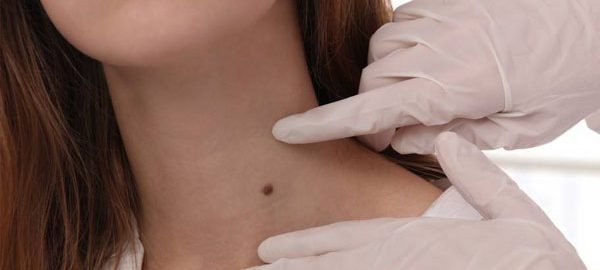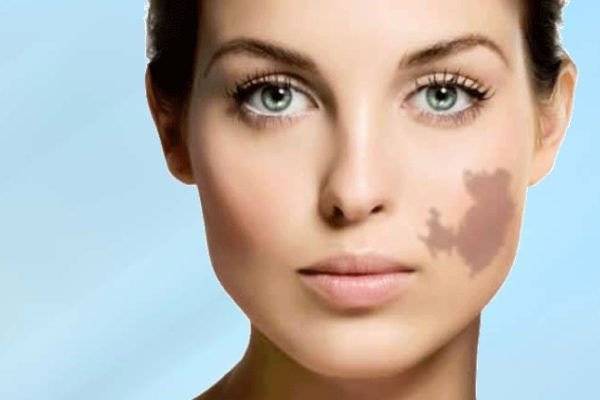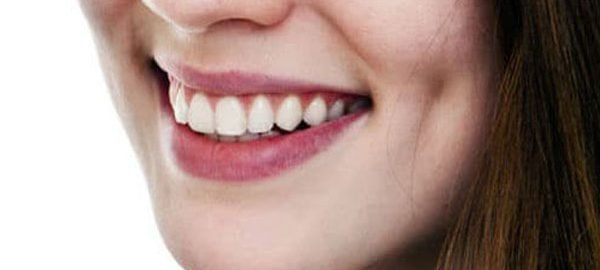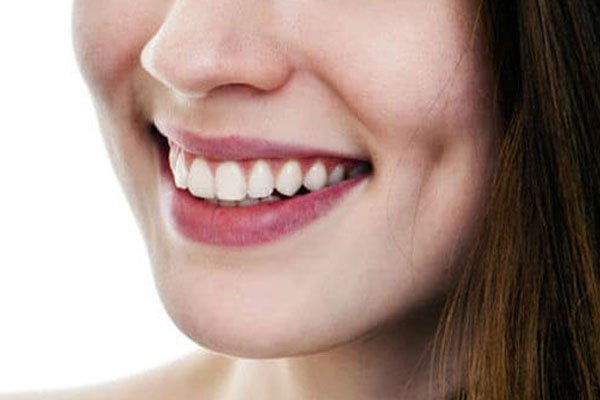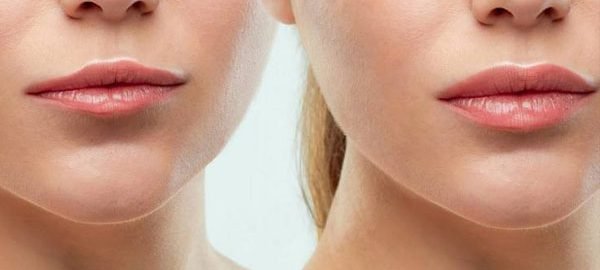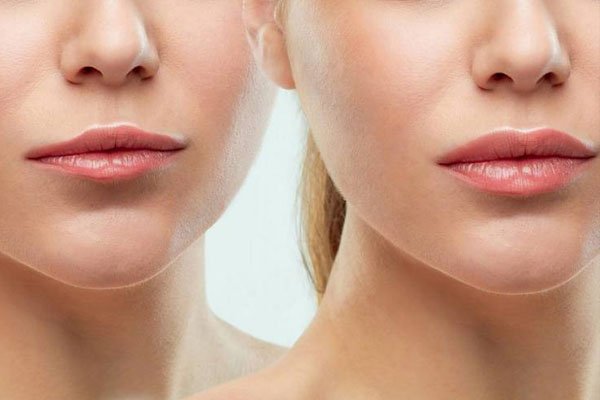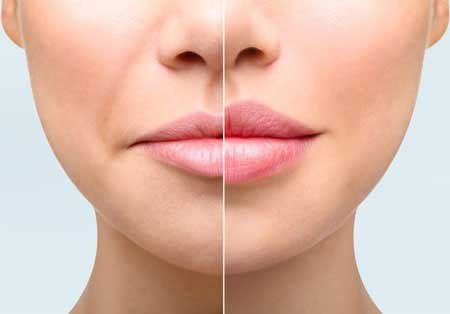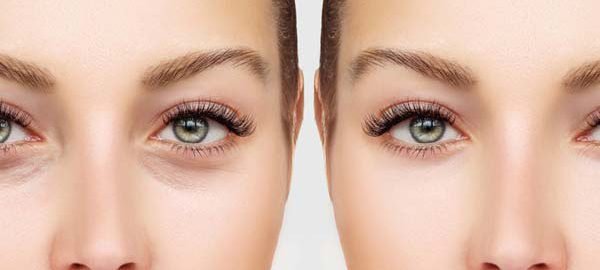The blepharoplasty or eyelid surgery in East Delhi, is a surgical technique of oculoplastic consisting correct excess fat, skin and muscles of the upper and lower eyelids. Some characteristics that give an appearance of aging and fatigue and can even affect vision.
Blepharoplasty in East Delhi does not correct wrinkles or other symptoms caused by the passage of time, however, although it can sometimes be performed independently, it can also complement other facial aesthetic techniques aimed, for example, to correct sagging or rejuvenation of the face. as well as stain removal.
Who is an ideal candidate for a blepharoplasty?
- Eyelid surgery in Delhi is aimed at those patients who seek to improve, not change drastically, their facial appearance and appearance, whether for aesthetic or other reasons.
- Patients who undergo this procedure are typically 40 years of age or older. There may be exceptions in those younger patients who, due to family genetics, are more predisposed to having bags.
- If the patient suffers from a thyroid, lack of tears, high blood pressure, cardiovascular diseases, glaucoma or diabetes, you should consult with your plastic surgeon in Delhi about the feasibility of performing a blepharoplasty as such medical conditions could pose some complications.
Types of Blepharoplasty
Upper blepharoplasty
The upper blepharoplasty is a surgery that is performed by means of micro incisions on the natural crease of the upper eyelids to remove the skin and excess fat caused by aging. The objective of this intervention is to give the look a more rested and rejuvenated appearance.
Lower blepharoplasty
Lower blepharoplasty is a surgery that removes an excess part of the skin of the lower eyelid.
It is the operation that eliminates the bags under the eyes and that in some cases can even improve the furrows of the dark circles by repositioning the fat, with the aim of achieving a clearer and more youthful look.
There are different techniques to perform this intervention and the best plastic surgeon in Delhi must select the most appropriate according to the patient’s needs.
Transconjunctival blepharoplasty
The main difference from subciliary blepharoplasty is where the incision is made. For a transconjunctival blepharoplasty the surgeon makes the incision between the eyelids and the eyeball.
This technique is more common in those patients in whom they do not have excess laxity in the skin or in the eyelid muscle, and whose bags are not very pronounced. Indicated for younger patients.
One of the advantages of this procedure is that the skin is not touched during surgery, and therefore does not require suturing, which implies the absence of a skin scar and a faster recovery. Conjunctival access is closed without suture
It is becoming more and more common in lower type blepharoplasty in East Delhi. This operation will be performed under local anesthesia and hospital admission is not necessary.
Subciliary blepharoplasty
The incision for the subciliary blepharoplasty is made below the lash line. The objective of this intervention is to reduce the bags of the lower eyelids by eliminating part of the accumulated fat that is inside. This approach is also ideal in those cases that require skin removal.
It is usually performed under local anesthesia plus sedation and does not require hospital admission.
Blepharoplasty diagnosis
In the first consultation, clinical parameters necessary for a correct indication are evaluated. A doctor-patient relationship is established in which both parties establish realities about the pathology and expectations. The doctor will explain in detail to the patient what the indicated procedures consist of.
- The position of the eyebrow will be evaluated
- Palpebral parameters will be measured to rule out associated palpebral ptosis
- Lower palpebral position will be evaluated as well as the associated laxity
- Corneal Sensitivity Exam
- Corneal surface evaluation- biomicroscopy: to rule out the existence of ocular pathology (dry eye) that requires special considerations in surgical planning.
- Fundus study.
How is the eyelid operation?
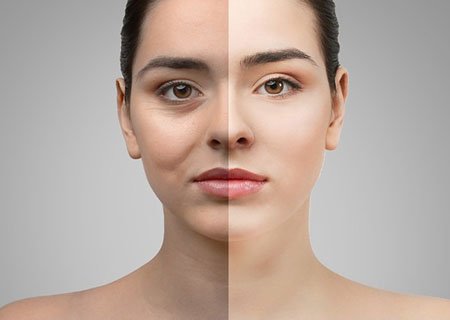
The eyelid surgery in East Delhi lasts approximately one hour. In the case of operating on all four eyelids, the plastic surgeon in Noida will always start with the upper ones, making an incision in order to remove excess skin and tighten the orbicularis oculi muscle.
When there is excessive laxity in the lower eyelids, the incision is usually below the eyelashes with very fine sutures that heal without problem and are practically invisible three months after the intervention. In addition to removing fat and sometimes skin, the lower eyelid is repositioned to reduce eyelid laxity.
Postoperative blepharoplasty
Your eye plastic surgeon will indicate the appropriate medication to alleviate the first symptoms of pain that may appear. Depending on the preferences of each surgeon, a compressive occlusion of both eyes may be indicated for the first 24 hours.
An ophthalmic ointment and cold saline dressings are usually applied to reduce discomfort and inflammation.
The main symptoms after eyelid surgery in East Delhi are usually excessive tearing, hypersensitivity to light and some change in visual acuity that remits in several days.
The patient can return to normal life in 2-3 days. However, up to two months after the operation, you should protect your face with large sunglasses, as well as use a high factor sunscreen.
In addition, it is recommended ten days without wearing makeup after surgery. Blepharoplasty in East Delhi is a type of surgery whose results are long-lasting and last for years.
Blepharoplasty: before and after
Over the years, our smooth and lively look can lose clarity due to the loss of elasticity of the skin, which translates into an apparent increase in skin on the eyelids or the appearance of fat bags on the lower eyelids and / or superiors that darken and sadden the expression of our eyes.
It is often accompanied by wrinkles such as crow’s feet. In some cases, the amount of excess skin is such that our field of vision can also be compromised.
Sometimes excessive sun exposure, some skin diseases or hereditary factors can accelerate this process. This is the case of young people between 20 and 30 years of age who undergo surgery when bags appear early in the eyes for genetic reasons.
However, blepharoplasty achieves very favorable results, returning a younger and fresher appearance with a long-lasting effect.
In short, it is one of the most popular orbital-palpebral surgeries in cosmetic eye surgery to help rejuvenate the gaze.
Blepharoplasty price
The price or cost of blepharoplasty in Delhi depends on the type of technique that the plastic surgeon in Delhi, values for each patient. Therefore, after the necessary preoperative tests and an adequate diagnosis, the clinic will make a personalized budget for the type of operation selected by the doctor.
